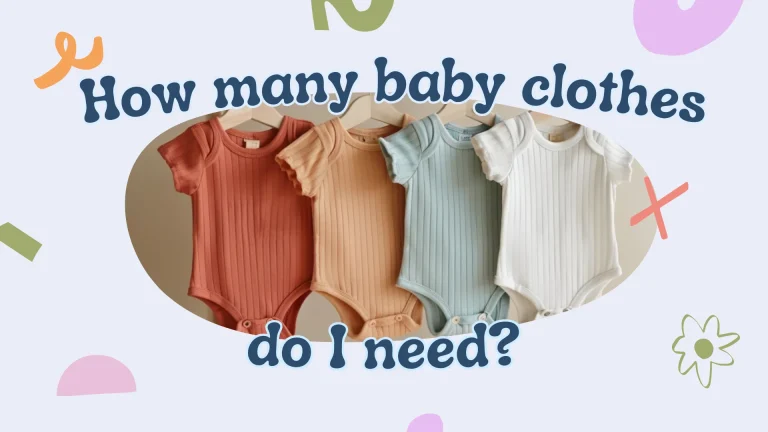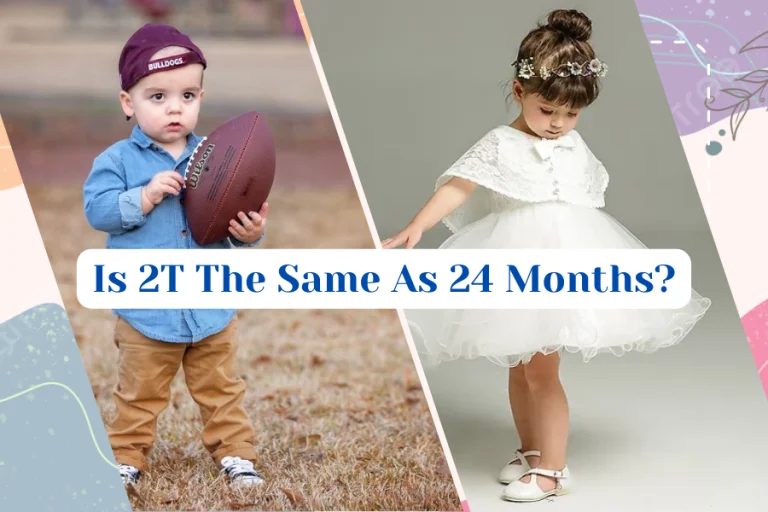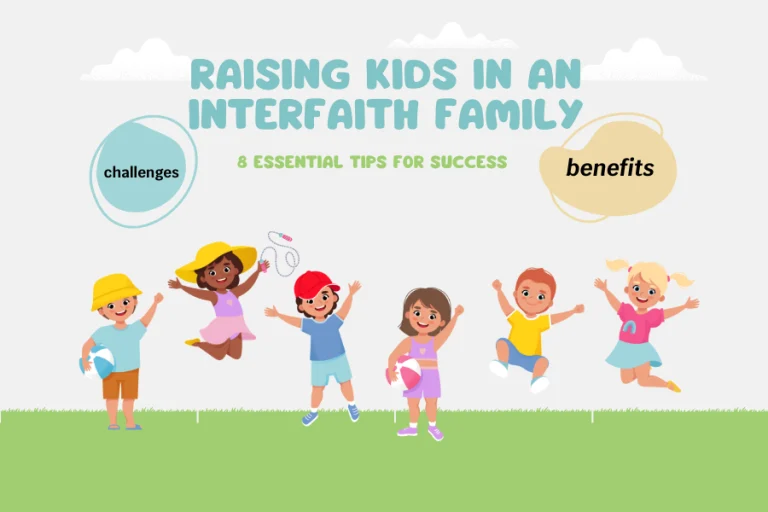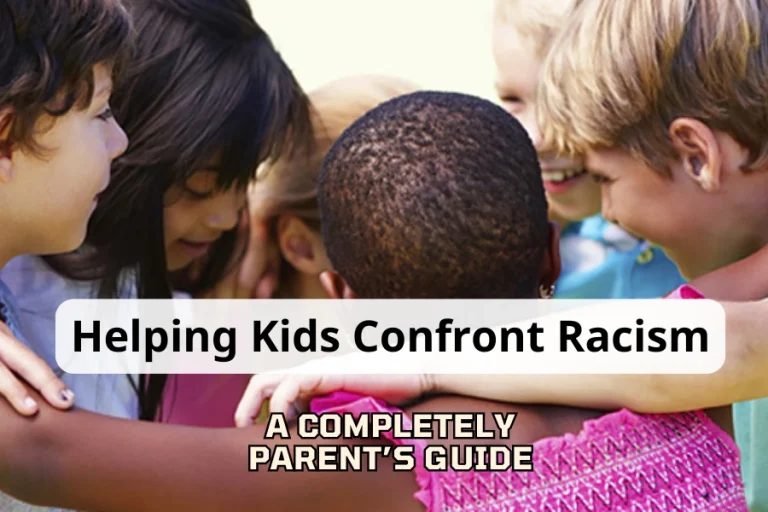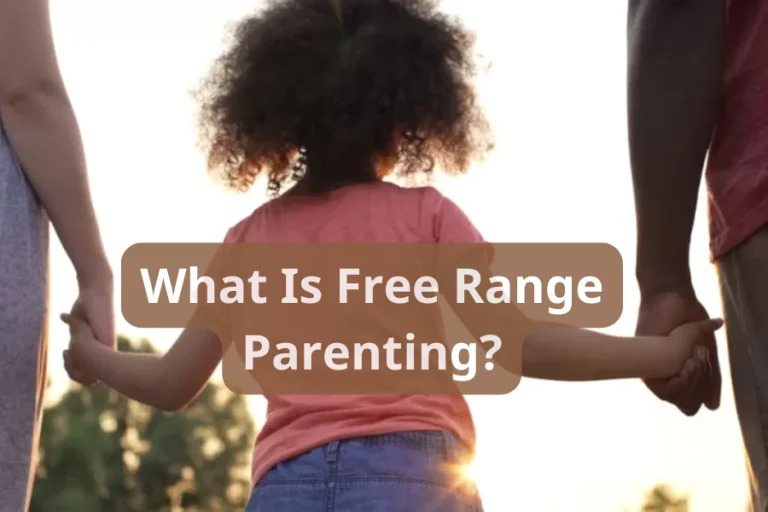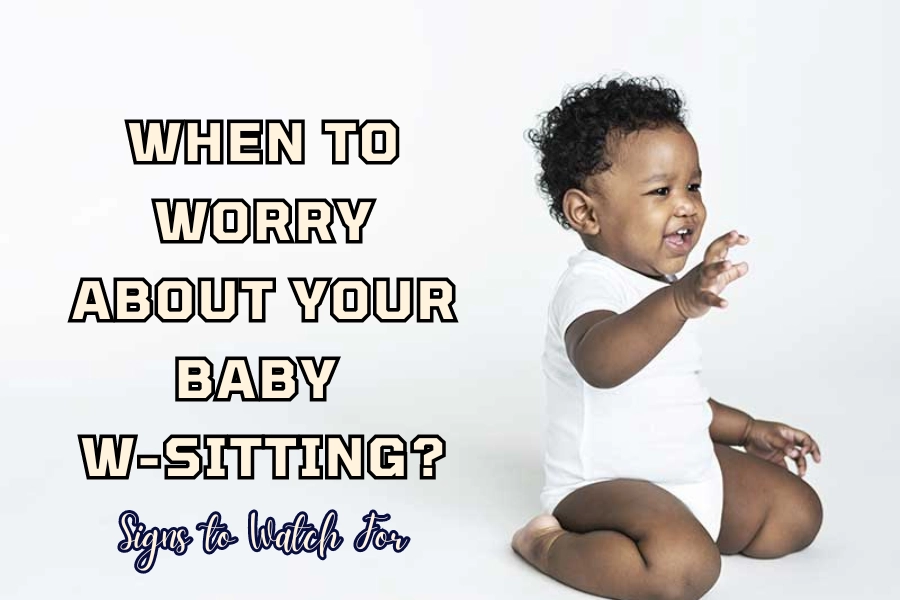
Sitting is one of the first milestones that mark the development of the baby. The sitting habits also affect the future physical development of the baby. Therefore, parents are especially concerned about how their children sit. Recently, there have been many opinions that the W-sitting position will affect the development of the hip muscles and cause hip dysplasia in young children.
Thus, when to worry about your baby W-sitting? How does this sitting position affect the baby? Is there any way to train the baby to sit in another position? Taking care of and raising a baby has never been easy because there are thousands of things you don’t know. But don’t worry too much, Babies Parent is here to help you on the path of raising your child. Let’s learn more about the W-Sitting position and the perspectives of leading pediatric experts with Babies Parent!
What You Need to Know about Baby W-Sitting
To answer the question of when to worry about your baby W-sitting, we first need to understand what W-sitting is and why babies sit in this position.
What is W-Sitting?
W-sitting is a position in which a child sits up with their knees bent forward, their legs bent at the sides, and their feet at their buttocks. When viewed from above, the child’s legs will appear to form a W shape. W-sitting is common in toddlers and may change as they grow older. However, some 8- to 9-year-old children still sit in this position.
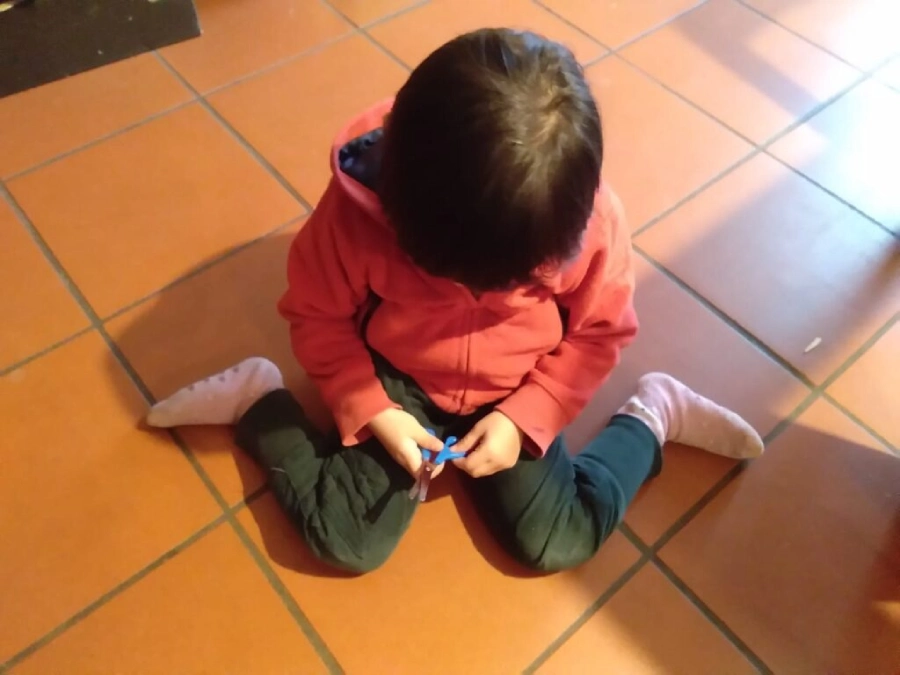
Why do baby sit in W-Sitting style?
You must have tried this W-sitting pose at least once in your life. This sitting position is similar to the hero pose – virasana in Yoga. Quite uncomfortable, right? However, this is a position common for children because of the following two reasons:
Due to the structure of the baby’s thigh muscles
When babies are born, their thigh bones tend to lean slightly forward and turn inward at the upper part of the bone near the hip – femoral anteversion. This is a completely normal body structure and will gradually improve as the child grows. That is also the reason why children sit in the W-sitting position. The W-sitting position will help the child’s thigh muscles to be more comfortable and does not require too much core muscle to sit up straight.
Another reason why the W-sitting position is comfortable for children is because their joints are very flexible when they are young. Children can rotate and bend their knees inward without any discomfort. We adults don’t, which is why you may find this position uncomfortable on your knees.
Provides a wide base for play
Another reason why so many toddlers love W-sitting is because it provides a wide, stable base for them to sit on. The majority of their body, including their bottom and lower legs, is in contact with the ground, and the feet are turned outward, creating a more stable position than other sitting positions. Additionally, the W-sitting position also allows your baby to easily lean to one side or return to their original position, such as the thighs and feet.

When to Worry About Your Baby W-Sitting?
Now that you have a clear understanding of what W-sitting is and why your baby often sits like that, let’s move on to the most important and anticipated part: when to worry about your baby W-sitting?
Misconceptions about W-Sitting
When you search the phrase W-sitting on the internet, you will definitely come across many “pessimistic” opinions about the risks associated with W-sitting. There are many opinions that the W-sitting position will strongly affect the hip muscles in particular and the overall physical development of the baby. For example:
Hip dysplasia: Hip dysplasia is a condition in which the hip socket is abnormally shaped, causing the hip to dislocate from its socket. This is the most frequently mentioned problem when talking about W-sitting. W-sitting will cause the baby to rotate the hips inward continuously and to some extent will cause hip dislocation, leading to hip dysplasia.
Weak trunk and leg muscles: W-sitting will force the legs more than the upper body. Therefore, children sitting in a W-sitting position for long periods of time can lead to symptoms of weak trunk and leg muscles.
Orthopedic problems: Some opinions say that W-sitting will cause the hip and leg muscles to tighten and inhibit normal movements. Over time, this condition will affect the child’s ability to coordinate and maintain balance.
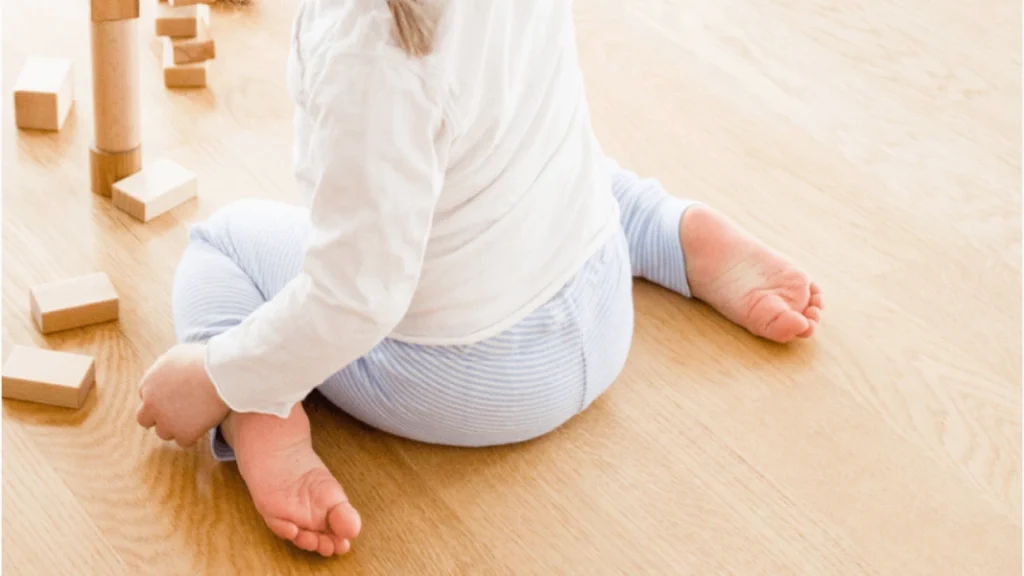
Is W-Sitting Harmful to Babies?
So, when to worry about your baby W-sitting? Or will W-sitting negatively affect your baby’s development? However, the negative issues mentioned above are just misconceptions about the W-sitting position. Recently, many pediatric medical experts have pointed out that: W-sitting does not harm the development of the baby.
Greg Hahn, MD, a pediatric orthopedist at Johns Hopkins Children’s Hospital shared that:
The reality is that most of us have femoral anteversion—it’s excessive femoral anteversion that allows kids to sit in the ‘W’ position
Babies sit in the W-sitting position because the baby’s thigh muscles tend to tilt forward and rotate inward. This condition is similar to toe-in or other gait problems, which will gradually disappear as the child grows. If these conditions do not improve as the child grows, then you will need to take your child to see a doctor.
So, the answer to the question of when to worry about your baby W-sitting has been confirmed by Dr. Hahn “We don’t worry about it.” He said that it is completely normal for babies to sit in the W-sitting position and that this sitting position does not have a long-term effect on the baby’s development.
To be more certain about the answer to when to worry about your baby W-sitting, the International Hip Dysplasia Institute has also conducted research. Dr. Charles T. Price, a pediatric orthopedist and medical director of the International Hip Dysplasia Institute, said:
Research by the International Hip Dysplasia Institute and others has shown that increased femoral anteversion does not cause hip dislocations and does not harm the hip socket.
The baby sitting in the W-sitting position is to relax the baby’s anterior thigh bones and this position is not harmful. He also shared that “Spontaneous correction occurs with growth in almost all cases” so parents do not need to worry too much about this issue. Some studies have even shown that children who sit in the W position have better athletic abilities than children who do not sit in the W position1.
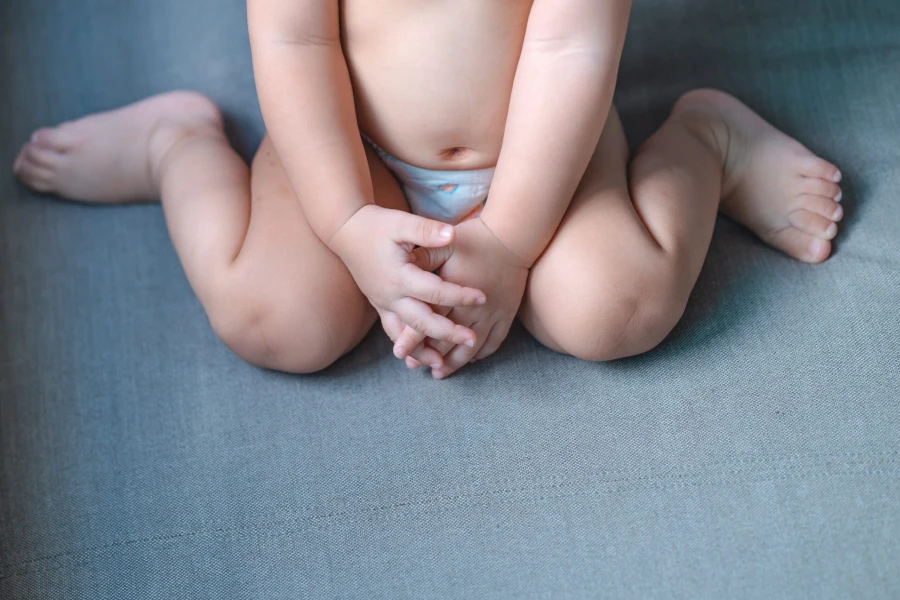
To further reinforce the argument for when to worry about your baby W-sitting, let’s look at a study by Rachel Goldstein, MD, MPH, director of the Hip Preservation Program at the Jackie and Gene Autry Orthopedic Center at Children’s Hospital Los Angeles. She said, “There’s a lot of misinformation about ‘W’ sitting” and there’s no scientific evidence to suggest that it’s harmful.
Dr. Goldstein, who is also an Associate Professor of Clinical Surgery at the Keck School of Medicine of USC, and her colleagues contacted parents of children who came to Children’s Hospital Los Angeles for hip X-rays between July 2013 and December 2016. More than 104 parents completed a survey about W-sitting.
More than 46% of parents said their child frequently W-sitting, and more than 26% of parents were aware of the “unknown harmful effects” of this sitting position. She examined the X-rays and found that children who were W-sitting at the time or had been W-sitting in the past were not at higher risk of hip dysplasia than other children2.
So, when to worry about your baby W-sitting? The bottom line is that there’s no need to worry excessively about W-sitting your kid because it poses no risks.
However, although it is not harmful, experts still recommend that you let your baby sit in a variety of positions to stimulate comprehensive development. British Columbia’s Quesnel & District Child Development Centre recommends that parents practice a variety of sitting positions such as:
- criss-cross applesauce
- tailor-sitting
- side-sitting
- long-sitting
- kneeling
- squatting
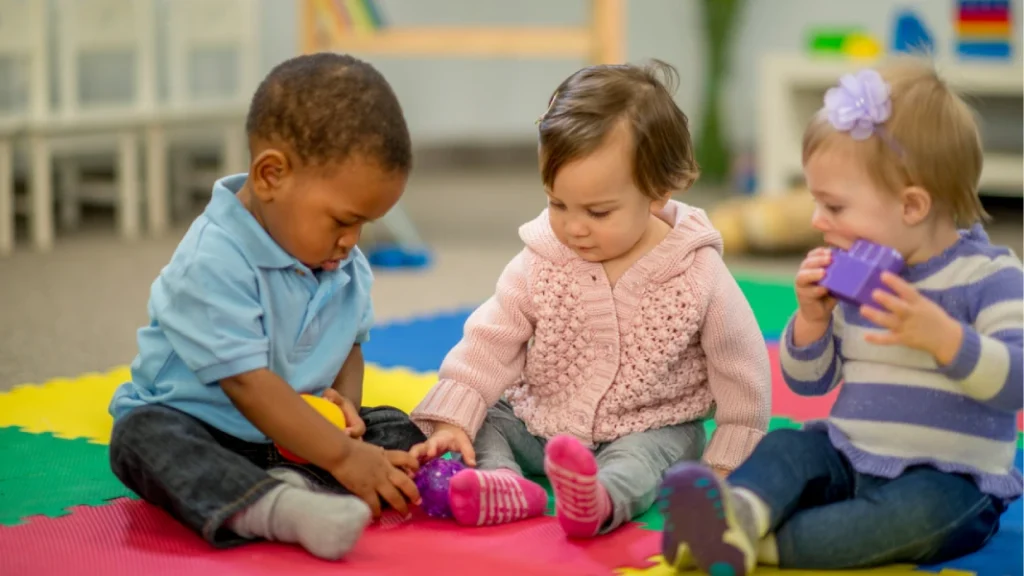
Final Word
Although there are many opinions that W-sitting can affect the development of your baby’s muscles. However, many leading pediatricians have researched and shown that: W-sitting does not harm the development of your baby’s hip muscles. Babies who sit in W-sitting are also not at higher risk of developing hip dysplasia than babies sitting in other positions.
The W-sitting position will help your baby feel more comfortable because the structure of the baby’s thigh muscles is slightly tilted forward. As the baby grows, the muscles will gradually develop and W-sitting can also “disappear” on its own. Therefore, the answer to when to worry about your baby W-sitting is that you do not need to worry too much.
Just let your baby sit freely in the position they want. If you notice any unusual signs when sitting or walking, you can take your baby to a pediatric medical facility for a more thorough examination.
- Denotter, P. (n.d.). Femoral anteversion and physical performance in adolescent and adult life. PubMed. Retrieved October 14, 2024, from https://pubmed.ncbi.nlm.nih.gov/608277/ ↩︎
- Hip Dysplasia Is Not More Common in W-Sitters. (2020, July 13). PubMed. Retrieved October 14, 2024, from https://pubmed.ncbi.nlm.nih.gov/32659120/ ↩︎

